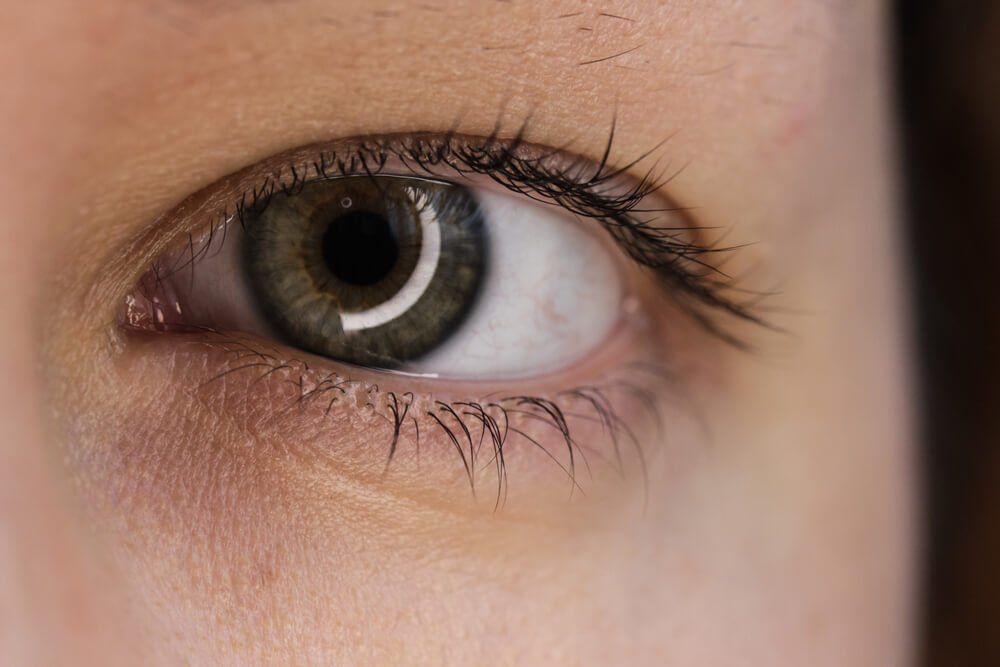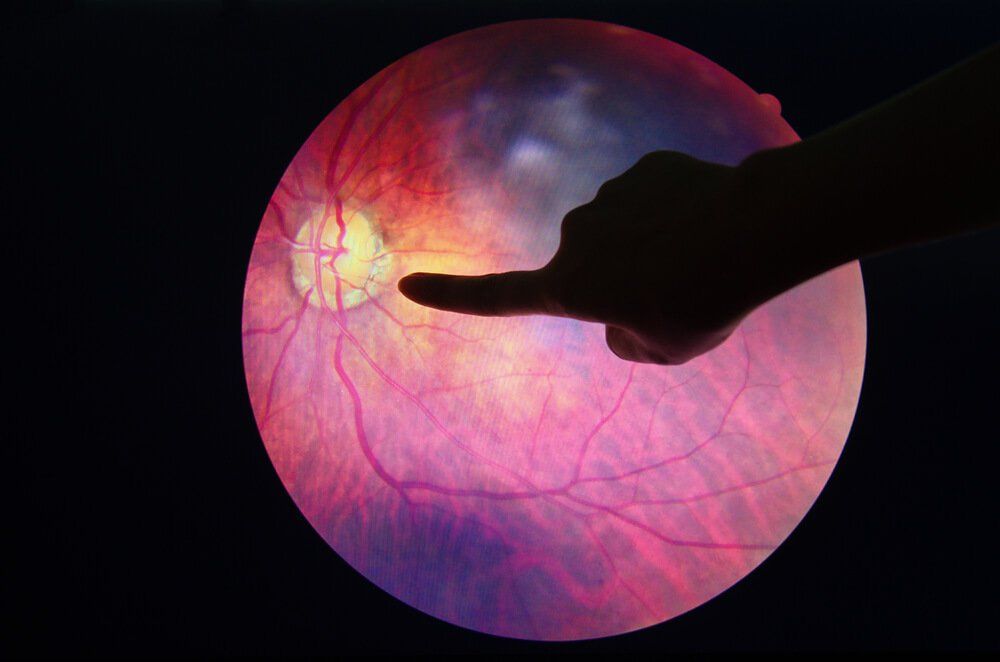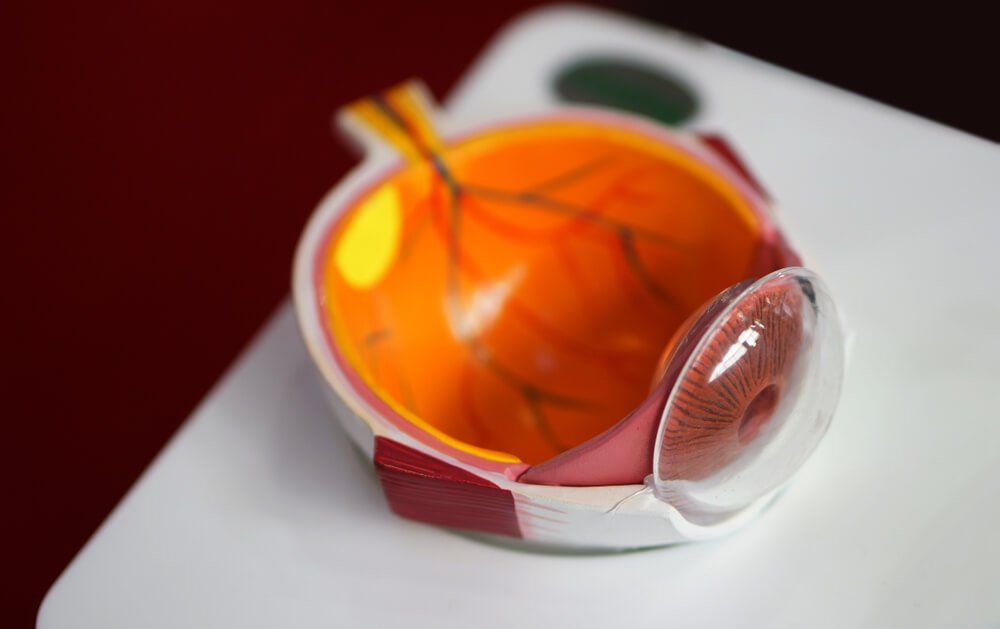What is Diabetic Retinopathy?
Diabetes can result in damage to the blood vessels in your retina (the back of your eye). Diabetic retinopathy is a serious condition that can potentially cause significant visual problems. If you have diabetes, you are at risk from diabetic retinopathy, and regular eye checks are advised to monitor the health of the back of your eyes.
In its early stages, diabetic eye disease may not affect your vision, and you may not even be aware that you have it. That’s why it’s important to have regular check-ups if you suffer from diabetes.
Get in touch with
130eye on
07 4779 8008
to speak with us about diabetic retinopathy or to book an appointment with Dr Glastonbury. Please note that you will require a referral from your general practitioner or optometrist. Our practice is open Monday-Friday and is located at Ross River Rd in Townsville.


Information & Treatment
When diabetic retinopathy starts to affect your vision, you may notice you have difficulty with distance vision, reading and close-up work. Floaters in your vision may also be a symptom of diabetic retinopathy, although floaters can have other causes too.
High blood sugar levels can cause damage to the blood vessels in your retina. Small, abnormal blood vessels can form at the back of your eye. These blood vessels can leak fluid or bleed, which causes the retina to swell and form deposits that result in blurred vision. The longer you have diabetes, the higher the risk of developing retinopathy.
Hypertension, smoking and pregnancy can also increase your risk of developing diabetic retinopathy. As soon as you are diagnosed with diabetes, you should make an appointment for a diabetic retinopathy check-up.
Frequently Asked Questions
-
How does diabetes cause vision problems?
Diabetes can damage the blood vessels in the retina, the light-sensitive layer of tissue at the back of the eye. This is called diabetic retinopathy, a condition that can lead to vision loss. Many people with diabetes don't have any symptoms in the early stages of the disease, so it's important to have regular eye exams.
-
How often should I have an eye exam if I have diabetes?
People with diabetes should have a comprehensive dilated eye exam at least once a year. This means that the doctor will put drops in your eyes to widen (dilate) the pupils so he or she can get a good look at the back of the eye. You may need more frequent exams if you have diabetes-related vision problems.
-
How is diabetic retinopathy diagnosed?
During a comprehensive dilated eye exam, the doctor looks for signs of diabetic retinopathy, such as leaking blood vessels, fatty deposits called exudates, and damage to the nerve fibres in the retina. A special exam called fluorescein angiography may also be done to help identify areas of damage.
-
What are eye floaters, and how are they related to diabetes?
Eye floaters are tiny bits of debris that float in the vitreous, the jelly-like substance that fills the inside of the eye. They're more common as we age, and people with diabetes may experience more floaters because of changes in the vitreous. If you have a sudden increase in floaters, or if you see flashing lights or lose vision, it could be a sign of retinal detachment, and you should see an eye doctor right away.




